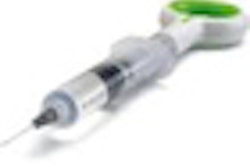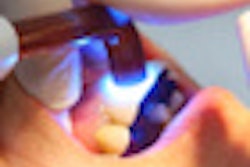The International and American Associations for Dental Research (IADR/AADR) have published the proceedings from the Tissue Injury and Pulp Regeneration symposium, held in Geneva, Switzerland, in July 2010. The symposium was organized by the IADR Pulp Biology and Regeneration Group, and the proceedings are published in Advances in Dental Research (July 2011, Vol. 23:3), an e-supplement to the Journal of Dental Research.
The symposia presenters highlighted that despite the high success rate of traditional root canal therapy of up to 95% under optimal clinical conditions, the idea of pulp (and dentin) regeneration is tempting, from the philosophical point of view that full healing/total recovery is the ultimate goal of medical therapy, the organizations stated. Benefits of pulp regeneration include the wetting of dentin, the capability of new dentin formation after caries attack, the transmission of pain as an indicator of tissue damage, and an active tissue defense mechanism against invading micro-organisms.
The new data presented and the vivid discussion at the symposium illustrate that pulp/dentin regeneration is a highly relevant and active area of research, according to the organizations. The elements for dental pulp engineering, namely stem cells, scaffolds, and differentiation factors, are available, and the interplay among these elements needs to be evaluated further for optimized strategies.



















